A few years ago, as a freshly graduated veterinarian, I embarked on my forever dream destination: the African bush. I had the amazing opportunity to join the local NGO Game Rangers International (GRI) and set up a wildlife veterinary project to support the Veterinary Services of the Department of National Parks and Wildlife (DNPW). For every freshly graduated young vet, your first job is the time when things finally get real. You get to apply and use all the knowledge you spent 7 years getting. It’s often far from what you would imagine at first, and every position will have its specific adjustment to make. But from my experience, working in wildlife conservation makes you face a harsh reality.
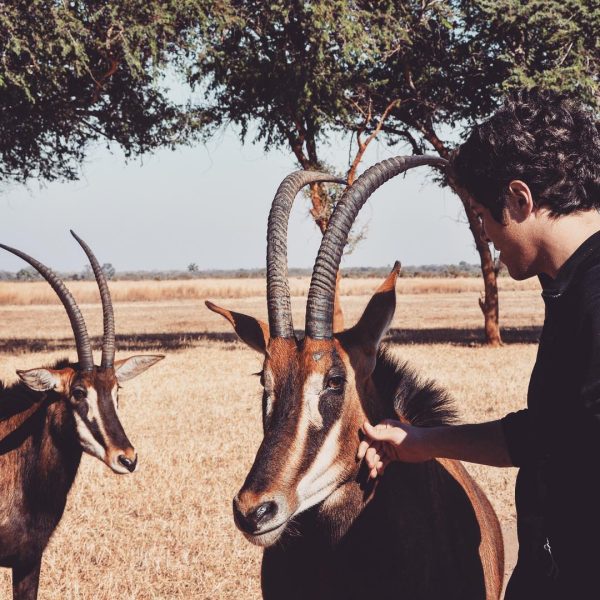
Facing the harsh reality
My veterinary project was a part of an NGO focused on Kafue National Park in Zambia. One of the largest parks in Africa (the size of Wales or Massachusetts), it is home to stunning wildlife and birdlife population. Game Rangers International (GRI) would assist DNPW with different projects: community outreach, animal welfare, research, anti-poaching, and intelligence services. My time there allowed me to understand and learn how this never-ending battle is fought.
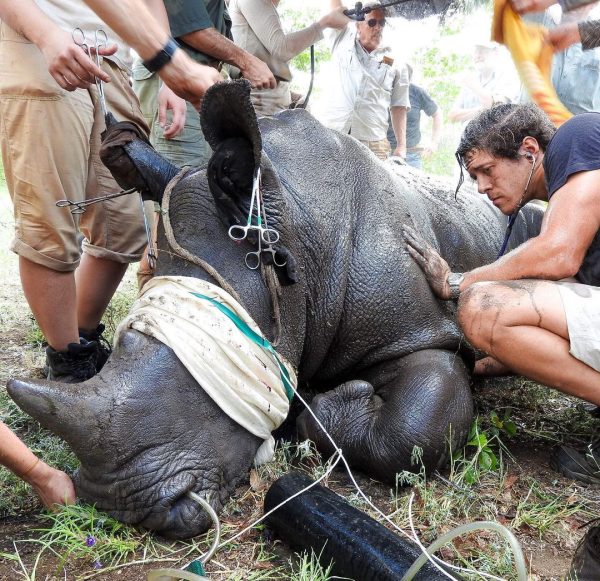
“My time there allowed me to understand and learn how this never-ending battle is fought.”
Technology and wildlife conservation
Technology can be used to fight poaching at every level, from the field to the consumer. Using DNA analysis, we can easily trace the origins of a poached animal part and then shift resources to those regions to support more anti-poaching patrols. For instance, it can support law enforcement by taking poachers or traffickers to court and identifying an endangered species in bushmeat size. Being able to catch them even after the goods are out of their hands could be a strong deterrent.
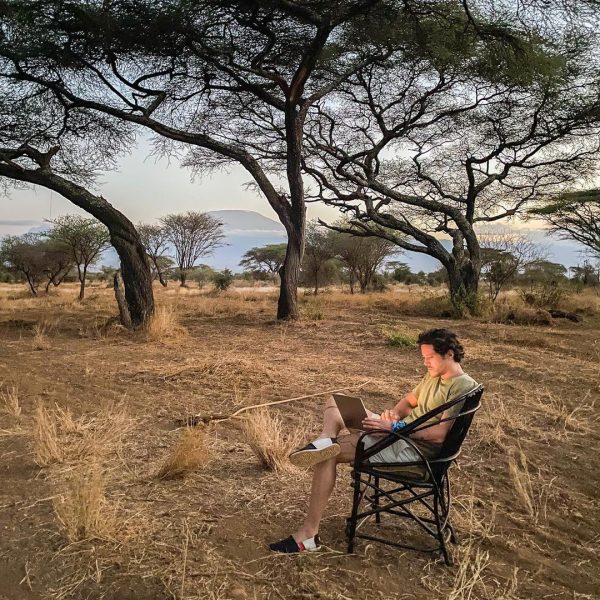
Anti-Poaching units also rely on different tools to survey parks or monitor animal populations. One of them is camera traps, enhanced by light-sensitive, microwave motion, and infrared heat sensors. With intelligence and connectivity, camera traps can reveal poachers’ hotspots and routes in protected areas. Additionally, artificial intelligence technologies and tools have been developed to help analyze the data gathered with those tools to support rangers and researchers’ work. For example, India created a database of tigers’ pictures which has been used to identify skins coming from the illegal wildlife trade.
Rangers also rely on other surveillance tools like drones. Being cheaper and easier to use, they now fill an essential role for conservation NGOs and governments to stop poachers. They allow patrol teams to reach remote regions.
Combined with high-tech fences around certain reserves, in Kenya these technologies aim to stop up to 90 percent of the poaching within those reserves.
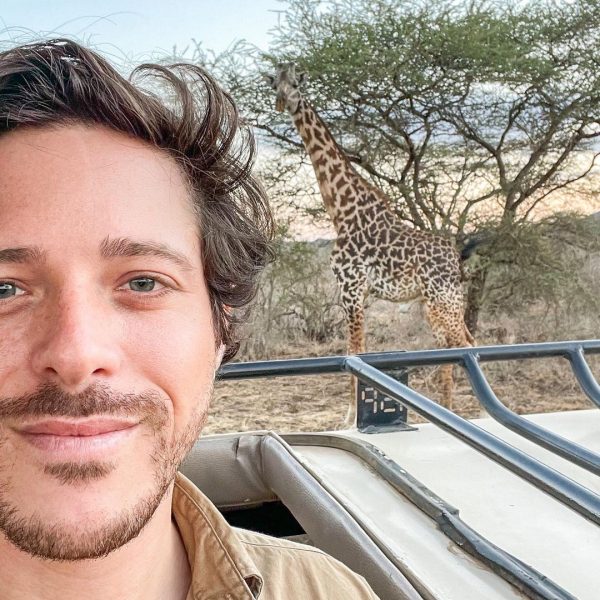
GPS collars are also a great way to collect data and monitor individuals. The almost real-time location will also trace any abnormal activity (increase speed or stop) and share them with the local team. Some projects also use GPS microchips for desirable parts such as rhino horns or elephant tusks. Then, it would be easier and quicker to react to any change in location or movement of the animal. Artificial intelligence software can also automatically detect the presence of a poacher via the response of monitored individuals. However, poachers and traffickers will always be a step further and cyber security is now essential to protect data from conservation tags attached to protected animals.
“All those tools are supporting rangers and intelligence services’ daily work. However, technology can also be used to support parallel efforts for conservation.”
A united front against poaching
During my time in Zambia, one of the biggest lessons I learned was how community empowerment was essential to reaching our goals. Through community outreach programs, everyone involved in human-animal conflict could benefit from technology, such as using Lenovo tablets and/or laptops to share information.
For me, one of the most efficient things anyone can do is use social media. When traveling and photographing endangered species, it’s very important to never share the location of your pictures as poachers have been known to also track down rhinos or elephants via specific social platforms.
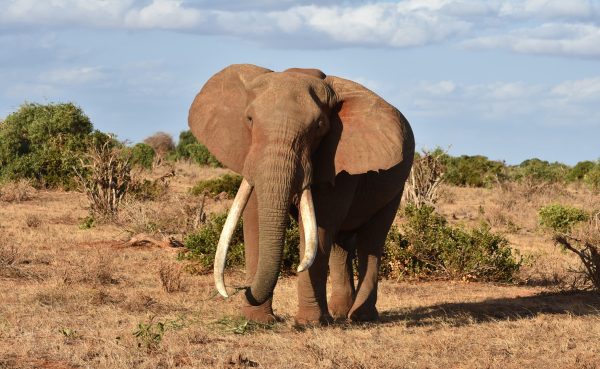
If you’re interested in our projects and my #LenovoInnovators journey, follow along on Instagram @dr_shawa_vet.
